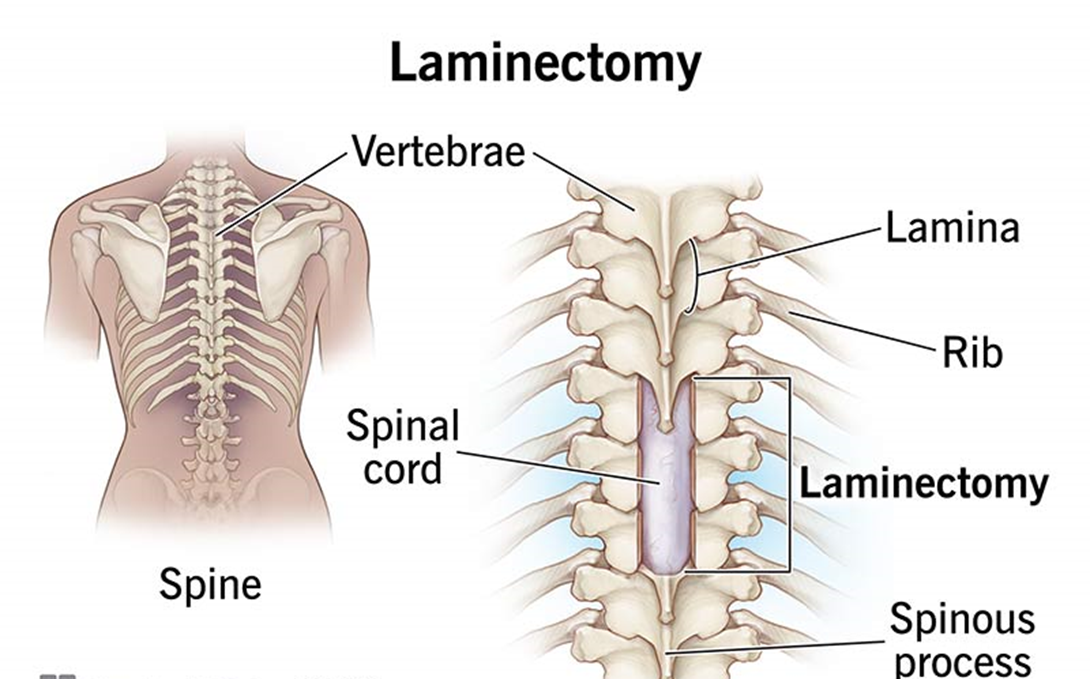A nurse has just completed assessment charting on the electronic record for an assigned client. An assistive personnel (AP) who just measured the client's vital signs asks to chart them while the nurse is still logged into the record. Which of the following actions should the nurse take?
Allow the AP to document the vital signs prior to logging out.
Log out so the AP can log in to document the vital signs.
Offer to chart the vital signs for the AP.
Recommend the AP come back later when the record is available.
The Correct Answer is B
Choice A reason: Allowing the AP to document the vital signs prior to logging out is not a correct action, as it violates the principles of confidentiality and accountability. The nurse should not share their login credentials or allow anyone else to use their electronic record.
Choice B reason: Logging out so the AP can log in to document the vital signs is the correct action, as it ensures that the documentation is accurate, timely, and secure. The nurse should log out of the electronic record after completing their charting and allow the AP to log in using their own credentials.
Choice C reason: Offering to chart the vital signs for the AP is not a correct action, as it delays the documentation and increases the risk of errors. The nurse should not chart the vital signs for the AP, as they are not the ones who obtained them.
Choice D reason: Recommending the AP come back later when the record is available is not a correct action, as it also delays the documentation and reduces the availability of the electronic record. The nurse should not make the AP wait for the record, as it may affect the continuity of care.
Nursing Test Bank
Naxlex Comprehensive Predictor Exams
Related Questions
Correct Answer is A
Explanation
Choice A reason: This is the correct choice because this client has the most urgent and potentially life-threatening problem. Urinary retention after spinal surgery can lead to bladder distension, infection, renal damage, or autonomic dysreflexia (a dangerous rise in blood pressure and heart rate). The nurse should assess the client's bladder, catheterize the client if indicated, and notify the surgeon.
Choice B reason: This is not the correct choice because this client has a serious but not urgent problem. Pancreatic cancer is a malignant tumor that can affect the function of the pancreas and other organs. IV chemotherapy is a treatment that uses drugs to kill cancer cells. The nurse should provide emotional support, education, and symptom management to this client, but they are not the highest priority.
Choice C reason: This is not the correct choice because this client has a chronic but not acute problem. Peripheral vascular disease is a condition that affects the blood vessels outside the heart and brain, causing reduced blood flow to the limbs. An absent pedal pulse indicates poor circulation in the foot, which can lead to pain, numbness, or tissue damage. The nurse should monitor the client's pulses, skin temperature, and color, and teach the client how to prevent complications, but they are not the highest priority.
Choice D reason: This is not the correct choice because this client has a stable but not critical problem. MRSA is a type of bacteria that is resistant to many antibiotics and can cause skin or systemic infections. An axillary temperature of 38°C (101°F) indicates a mild fever, which is a common sign of infection. The nurse should administer antibiotics as prescribed, observe the client for signs of sepsis, and follow infection control precautions, but they are not the highest priority.

Correct Answer is C
Explanation
Choice A reason: This is not the correct way to transcribe a verbal prescription. The nurse should not use decimals or trailing zeros when writing doses, as they can be misread or mistaken for larger doses. For example, 10.0 mg could be read as 100 mg.
Choice B reason: This is not the correct way to transcribe a verbal prescription. The nurse should not use abbreviations that are not approved by the facility or the Joint Commission, as they can be confusing or ambiguous. For example, MSO4 could be confused with magnesium sulfate (MgSO4).
Choice C reason: This is the correct way to transcribe a verbal prescription. The nurse should write the full name of the drug, the dose, the route, the frequency, and the indication for use. The nurse should also use standard abbreviations that are clear and unambiguous. For example, IV means intravenous, q4h means every 4 hours, and prn means as needed.
Choice D reason: This is not the correct way to transcribe a verbal prescription. The nurse should not use abbreviations that are not approved by the facility or the Joint Commission, as they can be confusing or ambiguous. For example, MS could be confused with morphine sulfate or magnesium sulfate. The nurse should also use standard abbreviations for the route and frequency, not words like every or prn.
Whether you are a student looking to ace your exams or a practicing nurse seeking to enhance your expertise , our nursing education contents will empower you with the confidence and competence to make a difference in the lives of patients and become a respected leader in the healthcare field.
Visit Naxlex, invest in your future and unlock endless possibilities with our unparalleled nursing education contents today
Report Wrong Answer on the Current Question
Do you disagree with the answer? If yes, what is your expected answer? Explain.
Kindly be descriptive with the issue you are facing.
